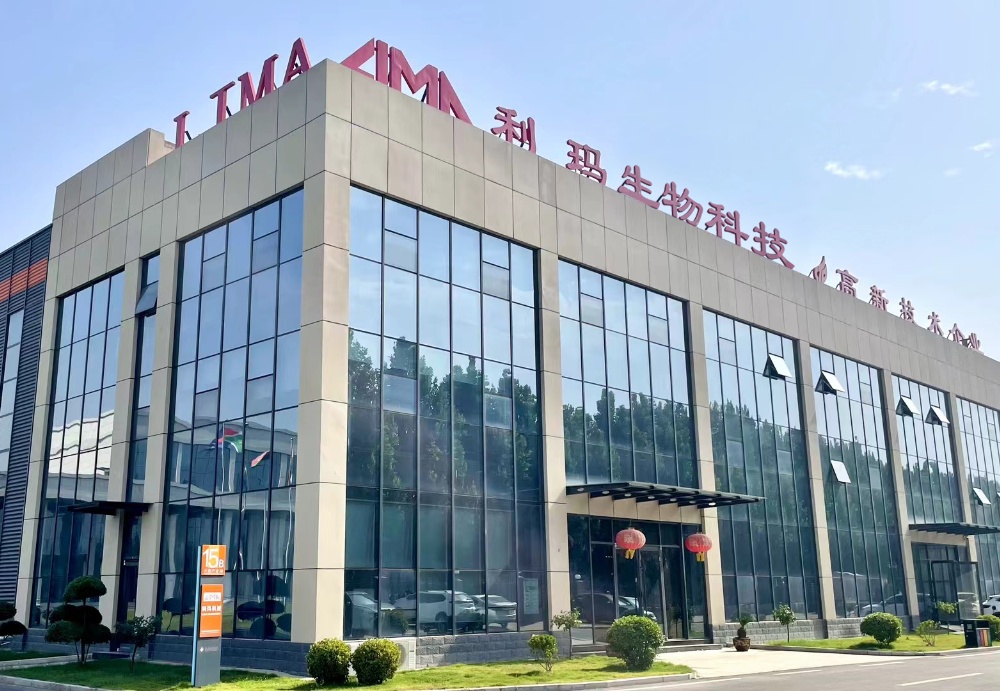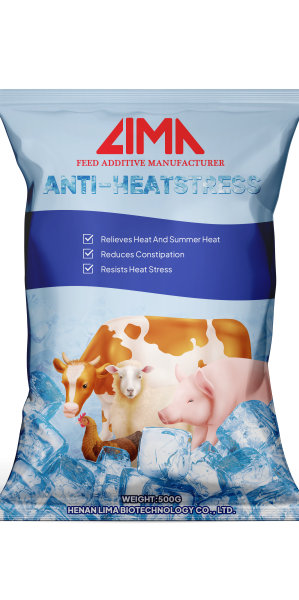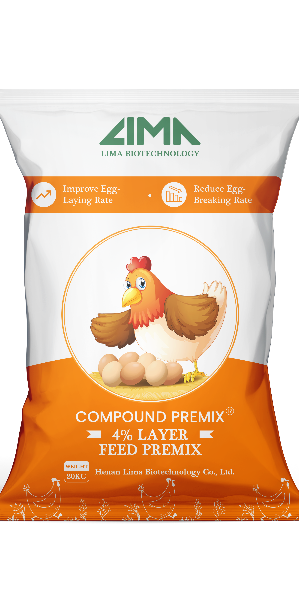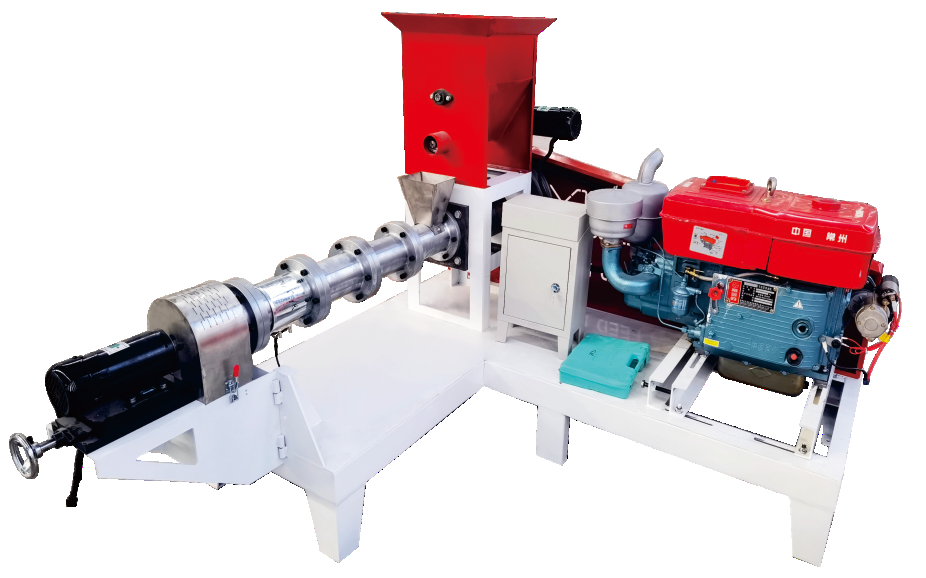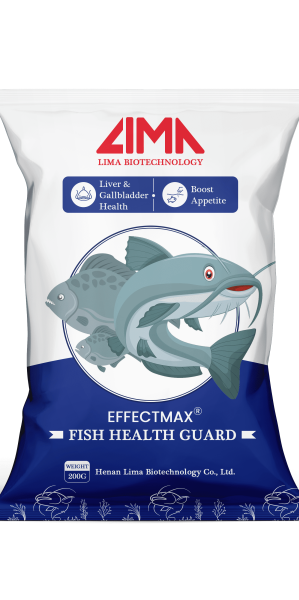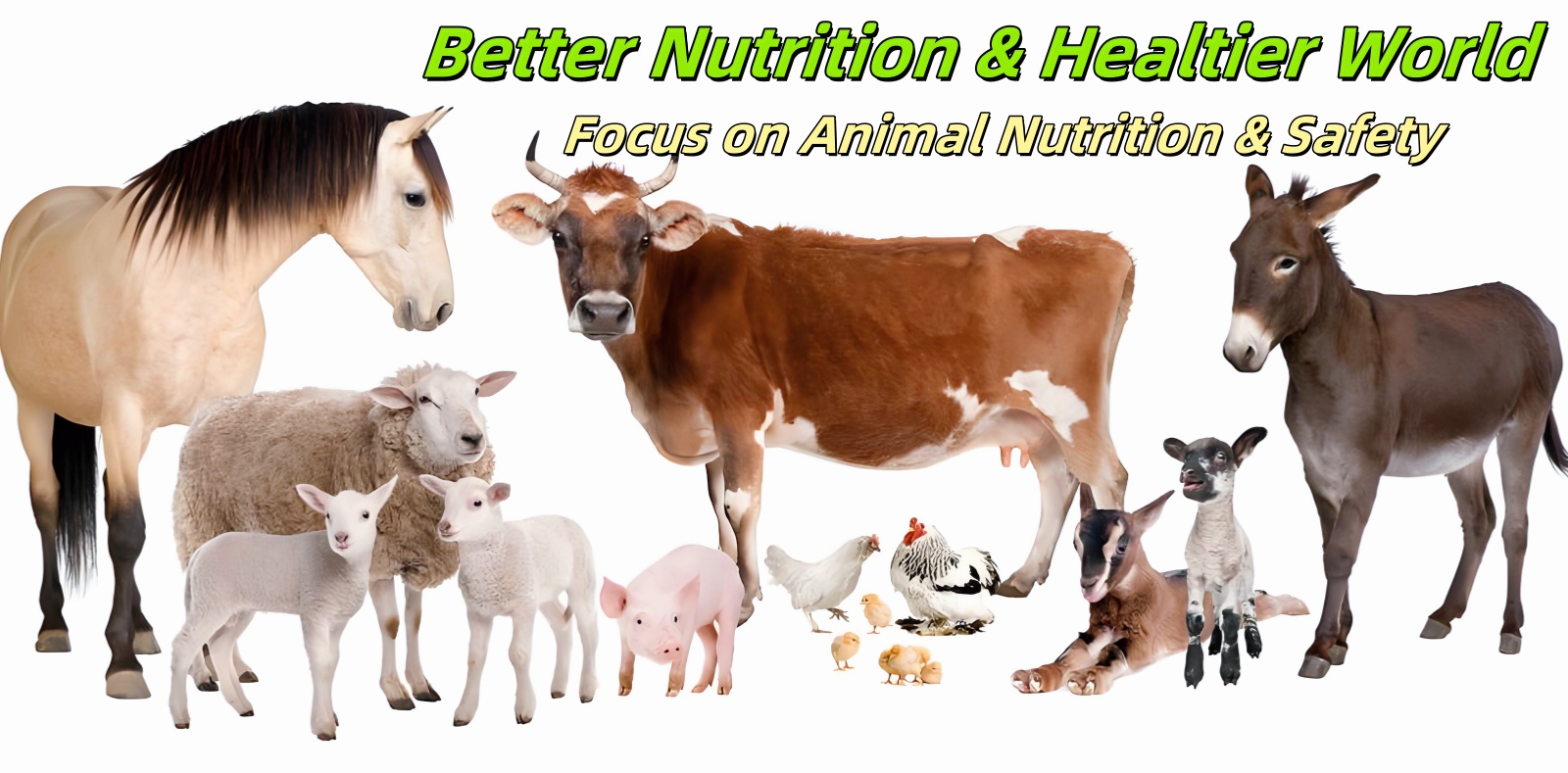What is Heat Stress?
When the ambient temperature in poultry farming exceeds its ‘thermal neutral zone’ (20-27°C), heat stress occurs due to imbalance in thermoregulation. This problem is particularly prominent in high-density farming scenarios - fast-growing broilers have a high metabolic rate and their heat production capacity increases with body weight, but their body surface area to body weight ratio gradually decreases, resulting in lower heat dissipation efficiency. Heat stress not only leads to lower feed intake and higher feed conversion ratio (FCR) in poultry, but also significantly affects egg production and eggshell quality in laying hens, ultimately impacting on farm profitability.
8 Signs of Heat Stress
Timely recognition of heat stress signals is key to safeguarding poultry health. The following are common clinical symptoms:
1. Abnormal respiration: Poultry open their mouths and gasp for air, their respiratory rate increases in an attempt to evaporate heat through the respiratory tract. 2.
2. Changes in body surface: Crowns and drooping flesh turn white due to vasoconstriction and lose their normal reddish colour. 3.
3. Postural adjustments: Wings are spread out and away from the body, and feathers are raised to increase the area of skin in contact with the air.
4. Reduced activity: Poultry move less and gather more in the shade or on bedding to avoid generating extra heat from movement.
5. Eating disorders: Drinking water surge (up to 2-4 times the normal), but a significant decline in the amount of food intake, because the digestive process will produce body heat.
6. Abnormal excretion : Excessive water intake results in watery faeces, which may lead to electrolyte loss in the long term.
7. Sudden drop in egg production: The egg production of laying hens decreases, and the eggshells become thin and rough, because the body prefers to use energy for heat dissipation rather than egg formation.
8. Depression: In severe cases, the poultry show lethargy, closed eyes or lying down, slow response to stimuli, and may develop pyrexia.
Preventing Heat Stress in Poultry
Nutritional Intervention: Feed Additives Help Fight Stress
- Electrolyte Supplementation
During heat stress, panting reduces carbon dioxide in the blood and raises the pH level, leading to alkalosis, while electrolytes such as potassium, sodium and chloride are lost in the urine. At this time, it is necessary to replenish electrolytes through drinking water or feed.
- Vitamins and Antioxidants
- Vitamin C: As a natural antioxidant, vitamin C can inhibit heat stress-induced oxidative damage, promote the synthesis of adrenocorticotropic hormone, and alleviate the stress response. It is recommended to add 200-400 mg/kg of Vitamin C to the feed, especially in laying hens, to maintain eggshell quality and egg production rate.
2. Vitamin E and selenium: They work synergistically to protect cell membranes from free radical attacks and strengthen the immune system. It is recommended to use selenium-containing vitamin E premixes (e.g. Lima Biotech's Anti-Stress ) at a rate of 0.1% in the feed, which can reduce lymphocytopenia and antibody levels caused by heat stress.
- Amino acids and Functional Additives
- Essential Amino Acids: Poultry feed intake decreases under heat stress, so it is necessary to ensure an adequate supply of essential amino acids such as lysine and methionine in the feed. By adding crystalline amino acids , it is possible to meet the amino acid requirements of poultry without increasing the total protein intake, and to maintain growth and egg production.
2. Sodium bicarbonate: As an alkaline buffer, sodium bicarbonate can neutralise excess acid in the body and regulate blood pH. Adding 0.3-0.5% sodium bicarbonate to laying hens' feed (replacing part of table salt) can effectively improve eggshell thickness and reduce egg breaking rate.
- Probiotics and Herbs
1. Probiotic preparations: Heat stress can disrupt the balance of intestinal flora, leading to diarrhoea and impaired nutrient absorption. Adding probiotics such as Lactobacillus and Bacillus can maintain the integrity of the intestinal mucosa, promote nutrient absorption and reduce the risk of intestinal inflammation.
2. Herbal extracts: Herbal medicines such as astragalus, chrysanthemum and peppermint, which have the effect of clearing heat and relieving heatstroke, can be made into powder or water and added to the feed. For example, adding 0.5% astragalus polysaccharide to the feed can enhance the antioxidant enzyme activity of poultry and strengthen the anti-stress ability.

Optimise Ventilation and Cooling Equipment
1. Enhance natural ventilation: open the doors and windows of the chicken house, install ventilation louvres or deflector boards, and use the penetrating wind to reduce the indoor temperature; add metal mesh at the doors and windows to take into account the ventilation and prevention of animal pests.
2. Mechanical cooling:
- Fans: Install ceiling fans or wall fans in the chicken house to promote air flow, together with placing ice cubes or frozen water bottles in front of the fans, it can locally reduce the temperature by 5-8°C.
- Spraying/misting system: Through high-pressure misting nozzles (choose 0.5-1 GPH flow nozzles) to form a fine water mist in the chicken house, using the principle of evaporation and heat absorption to reduce the ambient temperature, especially suitable for high temperature and dry areas, which can reduce the temperature by 10-20°C.
Shading and Heat Insulation Treatment
1. Build sun-shading facilities: Cover the top of the chicken coop or the activity field with sun-shading net (shading rate of 60-70%), or plant deciduous trees to reduce direct sunlight; avoid the use of black shading materials to prevent heat absorption.
2. Chicken house heat insulation: lay reflective film or heat-insulating foam on the roof, use hollow bricks or heat-insulating panels on the walls to block heat conduction from the outside world; wash the roof and the ground regularly to reduce the ambient temperature through water evaporation.
Controlling Stocking Density
Crowded environments can significantly increase localised heat - at least 0.15 square metres of rearing area per broiler, no more than four per cage for laying hens, and more than 8 square metres of space per chicken should be guaranteed for free-range rearing. Proper grouping not only reduces body heat build-up, but also reduces the risk of pecking and fighting.
Adjustment of Feeding Time and Method
1. Staggered feeding: Concentrate feeding in the early morning (before 6:00) and evening (after 18:00) when the temperature is low, avoid feeding at high temperature in the middle of the day, to reduce the digestive heat; at night you can turn on the low-lighting, to encourage poultry to feed in the cooler time.
2. Optimise the form of feed: change pellets to wet mix (add cool white water), or provide frozen feed blocks (e.g. mix vegetables, grains frozen and feed), not only to increase palatability, but also to reduce the body temperature through the low-temperature feed.
Guarantee Quality Drinking Water Supply
1. Water quality and water temperature: Provide clean, odourless drinking water, with the water temperature controlled at 15-20°C (to avoid over-ice stimulation of the intestinal tract); drinking water equipment needs to be adequate, with at least 8-10 nipple-type drinkers or 4 bell-type drinkers for every 100 poultry.
2. Drinking water management techniques: Add 0.01% salt to the drinking water (for no more than 3 consecutive days) to promote water consumption; put protein-rich dried worms (e.g. black gadfly larvae) or chopped melons and fruits (watermelon, cucumber) into the water to lure poultry to take in more water when pecking.
Impacts of Heat Stress on Poultry Production
Effects on Growth Performance
Broilers under heat stress conditions have a 10-15% decrease in average daily weight gain and an 8-12% increase in feed conversion ratio. For example, under sustained high temperature of 35°C, the body weight of 42-day-old broilers may be 200-300 g lower than normal, the feed-to-meat ratio rises from 1.8 to more than 2.0, and the farming cost increases significantly.
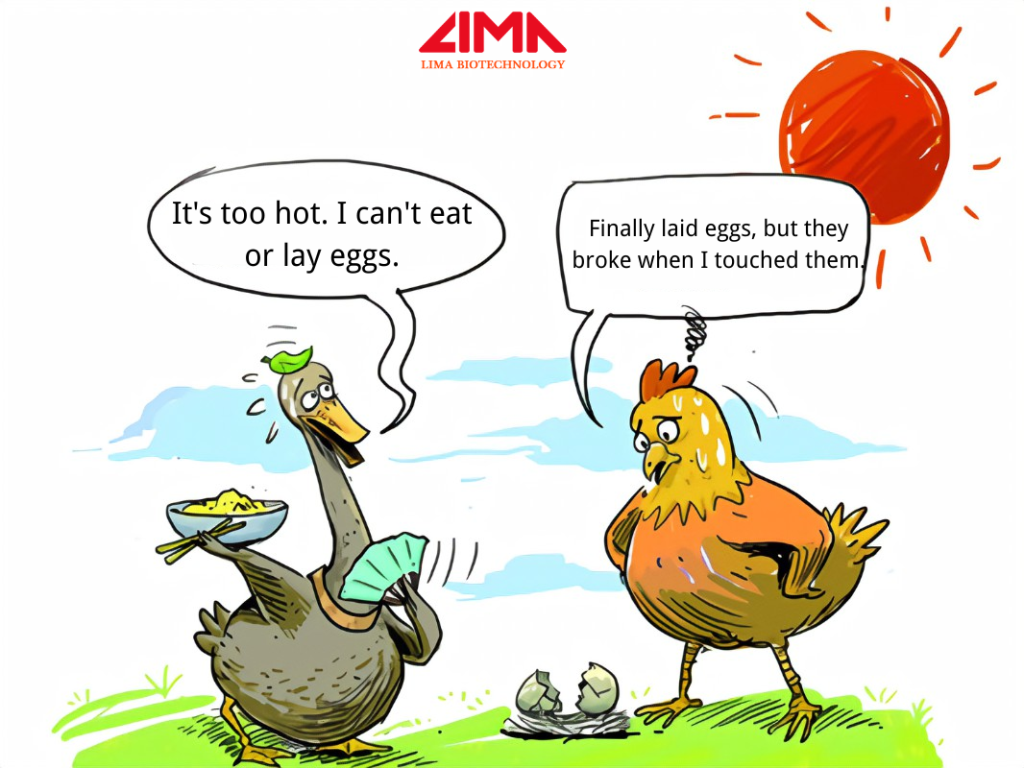
Impact on Layer Production
During heat stress in laying hens, the egg production rate can decrease by 15-20%, eggshell thickness decreases by 5-8%, and the proportion of soft-shelled and broken eggs rises. Taking 10,000 laying hens farm as an example, high temperature in summer may lose 5,000-8,000 qualified eggs per month, and the direct economic loss is more than 20,000 RMB.
Impact on Health and Immunity
Heat stress inhibits the development of immune organs such as the thymus and spleen of poultry and reduces antibody levels. Studies have shown that heat-stressed poultry have a 30% lower antibody response to the Newcastle disease vaccine and a significantly higher risk of contracting the disease, which in turn leads to higher medication costs and lower survival rates.
Support and Relief Measures for Poultry under Heat Stress
If severe heat stress (e.g. collapse, convulsions) is found in poultry, the following measures should be taken immediately:
1. Individual cooling : Spray the body surface of the poultry with warm water at 25-30°C (focusing on the crown, meat droop and inner side of the wings) or soak the feet for 10-15 minutes to avoid intense vasoconstriction caused by icy water.
2. Forced hydration : Use a dropper to administer electrolyte solution (e.g. into the oral cavity, 5-10 ml per bird per session, every 30 minutes until consciousness is regained.
3. Isolation and Ventilation: Move the sick chickens to a cool, well-ventilated area, elevate the head to maintain smooth breathing, and if necessary, use a fan to accelerate body heat dissipation.
4. Group Intervention: The whole group should drink a water solution containing 5% glucose + 0.1% vitamin C to rapidly replenish energy and antioxidants for 12-24 hours.
5.Lima Biotech Anti-Heatstress Products :
How To Use :
1.Summer heat prevention: Mix 500g of this product with 1000kg of feed or 1g per liter of water. Use twice daily for best results.
2.Double the dosage in hot weather.
Product Efficacy:
Rapidly treats heatstroke, sunstroke, and heat-induced respiratory distress in animals.
Relieves summer heat stress, enhances heat resistance, and regulates body temperature balance.
Reduces disease incidence and boosts feed intake in livestock/poultry during hot weather.
Effectively manages stress from vaccinations, beak/tail trimming, relocation, feed changes, temperature fluctuations, transport, and noise; prolongs peak egg production.
- About Lima Biotech
- Careers-Lima Biotech
- Code of Conduct-Lima Biotech
- Conditions of Sale-Lima Biotech
- Contact-Lima Biotech
- Cookies Policy-Lima Biotech
- Find Agent-Lima Biotech
- Global Warehouses
- Investor Relations-Lima Biotech
- Legal Information-Lima Biotech
- Privacy Policy-Lima Biotech
- Success-Lima Biotech
- Sustainability-Lima Biotech
- World Class Manufacturing-Lima Biotech













